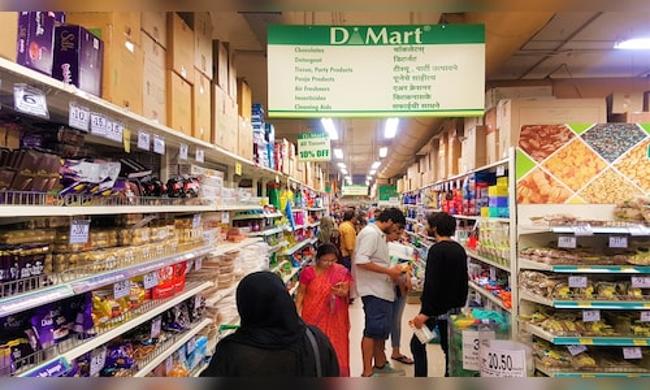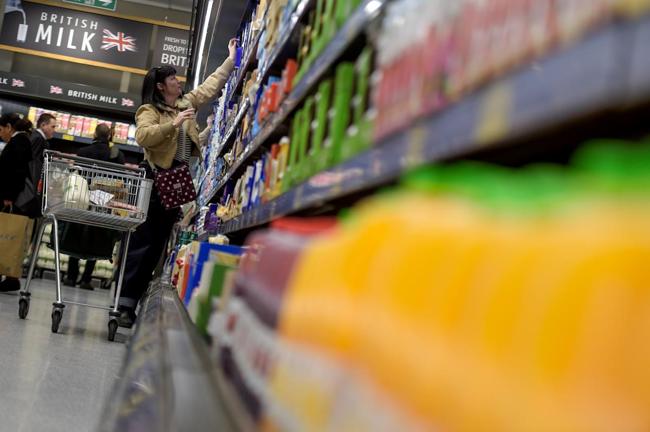Summary
A recent LendingTree analysis of USDA and U.S. Census data shows that Nevada households now spend an average of $10,390 annually on groceries. Thats more than $2,000 more than the national average of $8,167, and food inflation isnt helping.
Source: AOL

AI News Q&A (Free Content)
Q1: What are the primary reasons for the high grocery spending in Nevada compared to the national average?
A1: Nevada's high grocery spending can be attributed to several factors including supply chain disruptions, increased gross margins by major food manufacturers, labor shortages affecting supply, and shrinkflation. Additionally, Nevada has experienced a cumulative inflation rate of 21.8%, higher than the national average, driving up costs in major spending categories including food.
Q2: How are families in Nevada coping with the increased cost of groceries due to inflation?
A2: Families in Nevada are adopting various strategies to cope with rising grocery costs. These include buying in bulk, opting for generic brands instead of name brands, and meticulously planning meals to avoid wastage and manage budgets more effectively. Such adjustments help them stretch their grocery budgets despite the inflationary pressures.
Q3: What technological innovations are being implemented in the retail sector to address grocery inflation?
A3: Retailers are increasingly adopting artificial intelligence and data analytics to enhance logistics and inventory management, which helps mitigate the impact of inflation. For instance, AI-driven retail analytics are being used to predict consumer demand and optimize supply chain operations, ensuring efficient stock management and cost control.
Q4: What is the impact of food inflation on the health of residents in Nevada?
A4: Food inflation negatively impacts the health of Nevada residents as it limits access to affordable, nutritious food. This can lead to increased food insecurity and reliance on cheaper, often less healthy food options. Long-term health consequences may include malnutrition and increased prevalence of diet-related diseases.
Q5: How has the adoption of smart home technologies influenced grocery management in households?
A5: The integration of smart home technologies, such as vision-based automatic grocery tracking systems, is facilitating better management of groceries in households. These systems use real-time data to predict needs and automate grocery ordering, helping households keep track of inventory and reduce food wastage.
Q6: What role do community-based food cooperatives play in addressing food insecurity amid inflation?
A6: Community-based food cooperatives provide access to affordable, healthy foods, thus playing a crucial role in reducing food insecurity. They offer an alternative to mainstream supermarkets, particularly benefiting lower-income households by improving access to fruits and vegetables, and enhancing dietary intake during periods of inflation.
Q7: What potential solutions exist for mitigating the impact of grocery inflation on consumers?
A7: Potential solutions for mitigating grocery inflation include enhancing supply chain efficiency through technology, increasing competition among retailers to lower prices, and supporting local food production. Additionally, policy interventions such as subsidies for essential food items and financial assistance programs for low-income families can alleviate the burden on consumers.
References:
- Vision-Based Automatic Groceries Tracking System -- Smart Homes
- Retail Analytics in the New Normal: The Influence of Artificial Intelligence and the Covid-19 Pandemic





